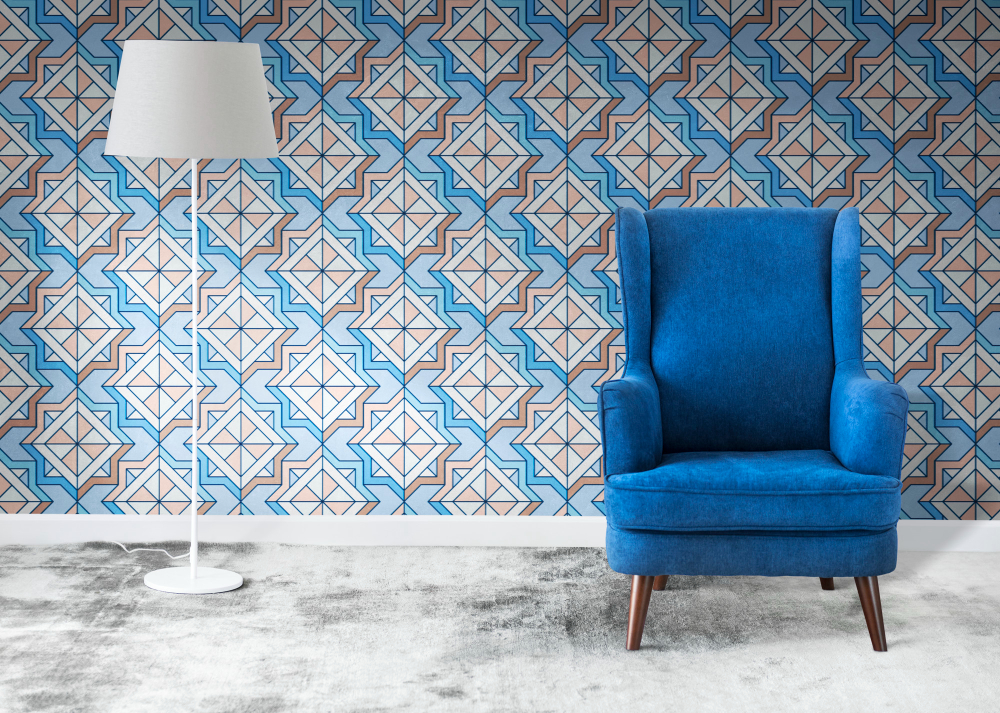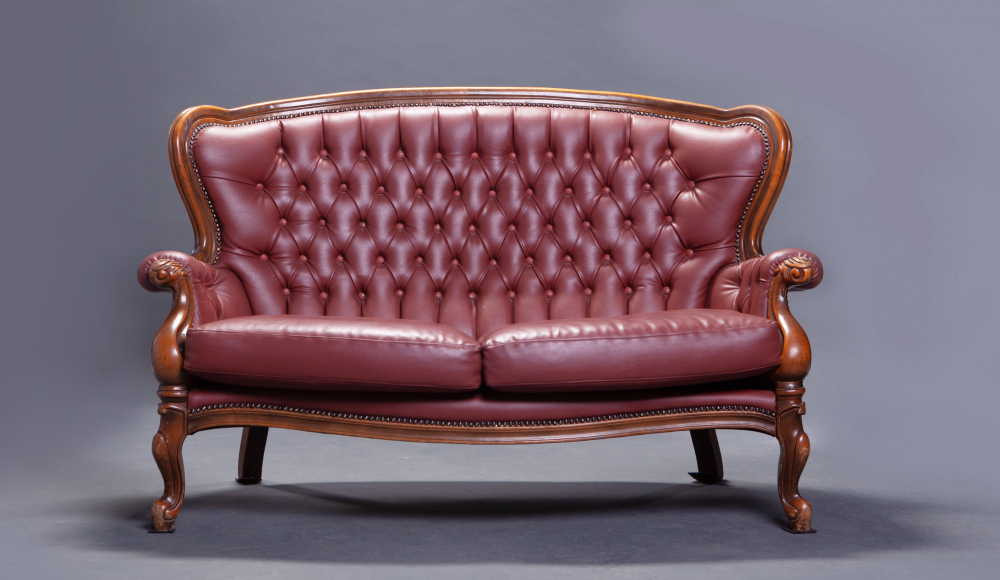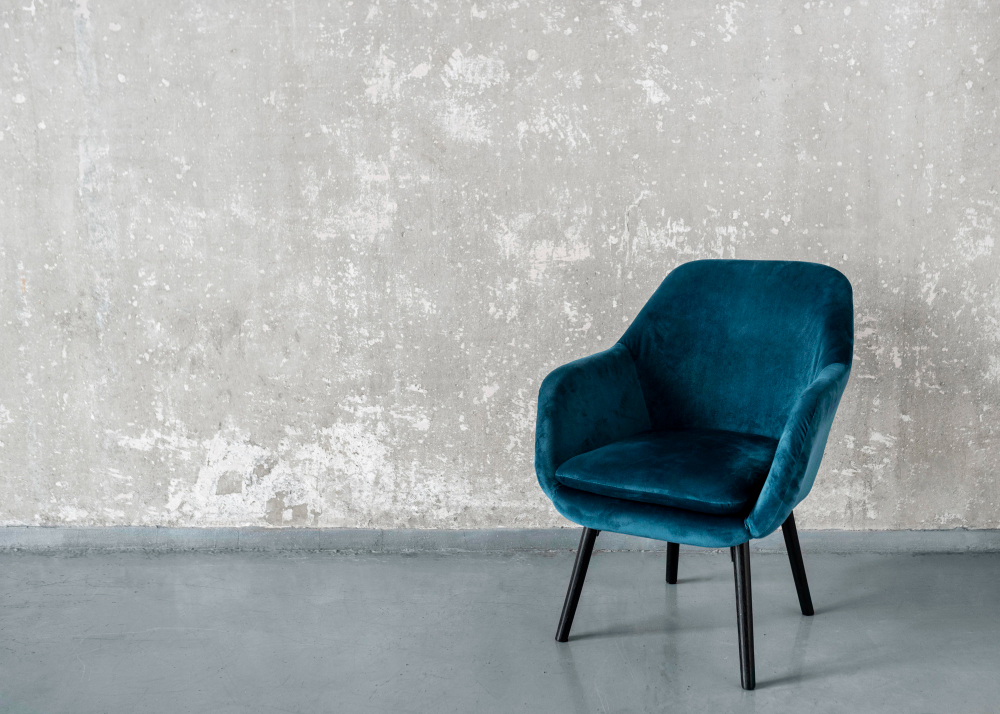
What Is a Club Chair?
Few pieces in the world of furniture design possess the heritage, elegance, and functional longevity of the club chair.
From 19th-century gentlemen’s clubs to the pages of modern design magazines, the club chair has transcended mere furniture to become an emblem of comfort and sophistication.
With its plush seat, low back, and generous armrests, this chair is more than a resting place; it’s a cultural icon.
Originating in France as the fauteuil confortable, or “comfortable armchair,” the club chair was built for lingering conversation, personal reflection, and understated luxury.
Today, it continues to evolve while retaining the hallmarks that have defined it for over a century. This article traces its journey, uncovers its meaning, and explores how to thoughtfully integrate one into your space.
The History of the Club Chair

The story of the club chair begins in late 19th-century France when leisure and interior design began to intersect.
Traditionally, chairs were upright and utilitarian, more for perching than relaxing. That changed with the introduction of the comfortable fauteuil.
Upholstered in thick leather and designed with lounging in mind, this new style offered a deeper seat, a lower back, and wide, cushioned armrests.
As the concept of comfort gained traction, the chair migrated to Edwardian England, becoming a staple in upscale social clubs and private homes.
These exclusive venues were reserved for affluent men to smoke, read, and engage in political discussions. Here, the “club chair” was named and revered as a symbol of refinement and rest.
Combining luxury materials and ergonomic comfort transformed how people thought about seating.
Over the decades, the club chair spread across Europe and America, eventually becoming a fixture in private libraries, offices, and living rooms.
The Symbolism and Need for the Club Chair
The rise of the club chair coincided with a cultural shift in how people engaged with their living spaces.
As leisure time increased during the Industrial Revolution, homeowners sought furniture that conveyed comfort and personal retreat, rather than just formal presentation.
The club chair responded to this demand with inviting softness and understated elegance. It was designed not just for sitting but for settling in or losing oneself in a book, a drink, or a moment of silence.
In that sense, the chair became more than functional; it symbolized self-care and intellectual repose.
It also denoted class and exclusivity. To own a club chair was to have taste, space, and the luxury of downtime, qualities historically reserved for the elite. Even today, it carries connotations of dignity, individuality, and depth.
The Modern Adaptation of the Club Chair
While its origins were distinctly masculine and traditional, today’s club chair has broadened its appeal and form. Modern design has allowed the club chair to shed its rigidity without losing its essence.
Today’s iterations range from sleek mid-century versions with wooden legs and angular lines to plush, cocooning shapes covered in boucle or velvet.
Modern designers have taken liberties with its frame, backrest, and fabric, resulting in variations like:
- Barrel club chairs: Rounded backs that cradle the body.
- Slipper club chairs: Armless and compact, ideal for smaller spaces.
- Wingback variations: Combining high backs with traditional comfort.
- Aviator or cigar club chairs: Inspired by WWII fighter pilots, these designs often use distressed leather, rivets, and aerodynamic curves, referencing cockpit design and masculine nostalgia.
Materials have expanded to include soft wool, organic linens, printed cotton, and sustainable leather.
As noted by design tastemakers like Elle Decor and Architectural Digest, this evolution underscores a broader trend: tradition reimagined for modern sensibilities.
Cultural Impact on Design Media
From the smoky gentlemen’s clubs of the Victorian era to the stylish interiors of TV shows like Mad Men and The Crown, the club chair has remained a fixture of visual storytelling.
Its cinematic appeal lies in its suggestion of power, intellect, or introspection. Characters seated in club chairs are often portrayed as thoughtful, affluent, or emotionally guarded.
In pop culture and editorial photography, the club chair serves as a visual cue for authority and comfort and is a narrative device as much as a piece of décor.
Color Pairing and Design Aesthetics
Color is vital in how a club chair contributes to a room. Classic models lean toward dark brown, oxblood, or forest green leather, which pair beautifully with wood paneling, brass accents, and rich textures. These tones work best in traditional or vintage-inspired spaces.
However, modern interiors have opened the floodgates to a broader color palette:
- Muted neutrals, such as taupe, gray, and ivory, create a serene backdrop for minimalist homes.
- Deep jewel tones, such as emerald, sapphire, or ruby, transform the chair into a bold statement.
- Pastels, such as dusty pink or soft blue, work well in Scandinavian or romantic interiors.
- Patterns, including plaids, florals, or abstract geometrics, bring playful charm or artistic flair.
When selecting a club chair, choose a color that complements your space or serves as its focal point. In either case, the chair anchors the room with personality.
What to Look for When Buying a Club Chair

Choosing a chair is a decision that involves both aesthetic and functional considerations. Here’s what to evaluate:
Frame Construction
Seek solid hardwoods like oak, maple, or beech. Reputable manufacturers often use glued, screwed, and dowelled joints for enhanced durability.
Upholstery
Nothing rivals full-grain leather for a timeless look. It ages beautifully, gaining a patina over time. High-quality fabric options, such as velvet, tweed, or performance linen, are excellent for a more contemporary or budget-friendly approach.
Cushioning and Ergonomics
The hallmark of a great club chair is how it feels. Look for high-resilience foam, feather-wrapped cores, or a blend of both.
The seat should be deep enough to relax, with supportive armrests and, ideally, some lumbar support.
Dimensions and Proportion
Measure your space. Club chairs are often substantial, so ensure they won’t overwhelm your room. If space is tight, consider a slipper-style or armless version.
Design Details
Details like tufting, nailhead trim, or wooden feet can elevate a chair’s sophistication. Select features that complement your interior style, ornate legs for a vintage look, and clean lines for a modern space.
Which Style Is Best for Each Space? Types of Club Chairs
To make this section more navigable, we’ve organized it into usage-based recommendations:
For Small Spaces
Opt for slipper club chairs or armless styles. These chairs offer the same comfort with a smaller footprint. Fabrics in lighter colors also help rooms feel open.
For Statement Pieces
Go bold with a barrel chair in emerald velvet or a tufted aviator club chair in distressed leather. Use contrasting accent pillows or metallic legs to heighten the impact.
For Reading Corners
Choose a classic leather model paired with an ottoman and a floor lamp. For functionality, add a bookshelf or end table. The cocoon-like shape encourages long hours with a novel.
For Home Offices
A more tailored, masculine dark leather or tweed club chair works well. Add brass or walnut detailing to reflect a professional ambiance.
For Foyers or Entryways
A single accent club chair in bold upholstery offers a stylish and functional spot for guests to sit while removing their shoes.
Expert Tips & Designer Insights
Top designers, such as Beaumont & Fletcher and Studio McGee, often recommend club chairs for clients seeking long-lasting investments. Their advice includes:
- “Always sit before you buy. Feel how your body responds to the seat depth and back angle.”
- “Mix old and new pairs, a vintage club chair with a modern coffee table for dynamic contrast.”
- “If you can’t afford full-grain leather, opt for high-end faux leathers that mimic the texture without the maintenance.”
Citing these perspectives enhances credibility and provides practical advice grounded in the design world.
Conclusion
The club chair is a living legacy and a synthesis of design, culture, and comfort. It has evolved from a leather-clad symbol of aristocratic leisure to a versatile and expressive piece that suits today’s diverse interiors.
Whether you’re seeking a stylish centerpiece, a cozy reading perch, or an elegant anchor in your office, the club chair delivers.
With careful consideration of style, space, and material, as well as club chair dimensions, this timeless seat becomes more than just furniture; it becomes a fixture of lifestyle and identity. You can visit Cheaper Office Solutions to explore budget-friendly furniture options.

 17014 S. Vermont Ave #C, Gardena, CA 90247
17014 S. Vermont Ave #C, Gardena, CA 90247 (310) 856-3456
(310) 856-3456



